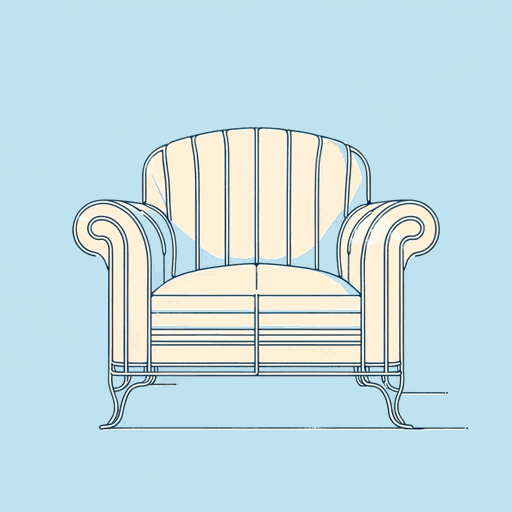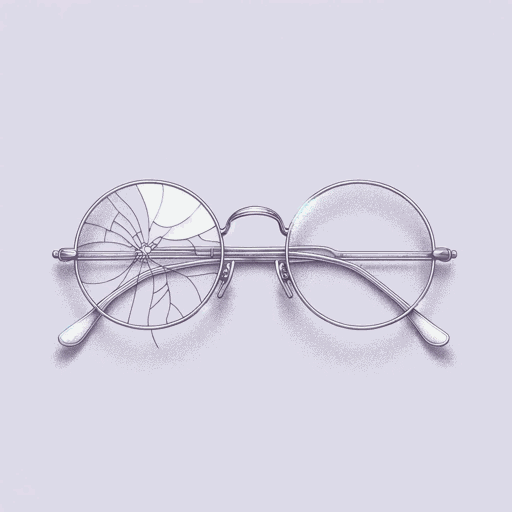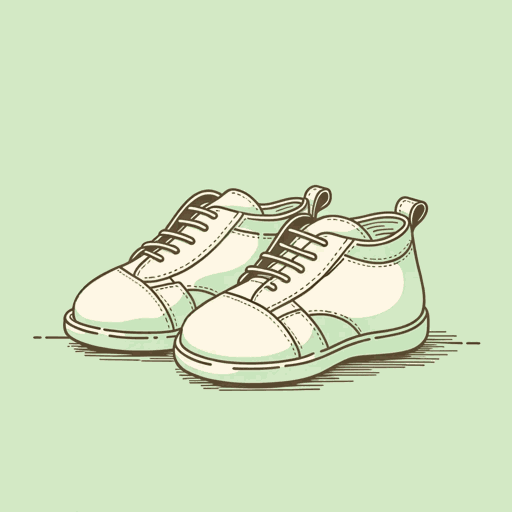39 pages • 1 hour read
Sigmund FreudThree Essays on the Theory of Sexuality
Nonfiction | Book | Adult | Published in 1905A modern alternative to SparkNotes and CliffsNotes, SuperSummary offers high-quality Study Guides with detailed chapter summaries and analysis of major themes, characters, and more.
Background
Authorial Context
Freud was both an innovator and a product of his time. His life was conventional and bourgeois, devoted to his private practice, his researches, and his wife and children. Despite the frank way in which he approached matters of sexuality, he regarded his investigations as practical and scientific, not scandalous for their own sake.
Freud’s personal attitudes were likewise a mix of the progressive and the conventional. The Three Essays was judged harshly when it was published, considered scandalous for its assertions about infantile sexuality. The book (and Freud’s ideas generally) inspired both radicals seeking sexual liberation and a form of ego psychology that was practiced in mid-20th-century America that was famously conservative and restrictive. The confusion is rooted in Freud’s own writings. For one thing, the text of the Three Essays is complicated by its history of additions and revisions. Moreover, most commentators interpret Freud’s later framework, particularly his focus on the Oedipus complex, to be inherently more normative and conservative than his earlier work.
Freud’s writings about women, reflecting the attitudes of his time, earned him the censure of feminists such as Simone de Beauvoir and others. Kate Millet pointed out that Freud defined women in terms that emphasized lack—their lack of a penis, for example—and in ways that reinforced misogynistic notions about female inferiority.
Related Titles
By Sigmund Freud

Civilization And Its Discontents
Sigmund Freud

Moses and Monotheism
Sigmund Freud

On Dreams
Sigmund Freud

The Freud Reader
Sigmund Freud

The Future of an Illusion
Sigmund Freud

The Interpretation of Dreams
Sigmund Freud

The Uncanny
Sigmund Freud

